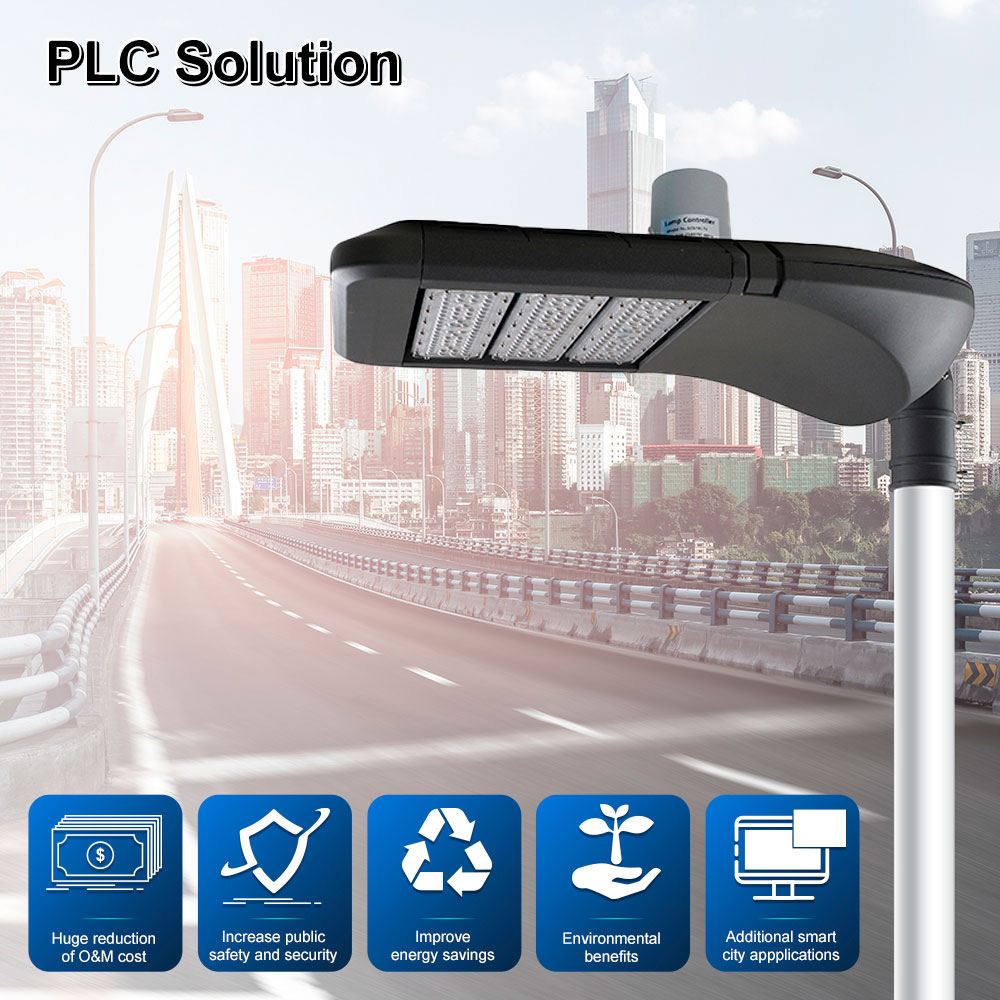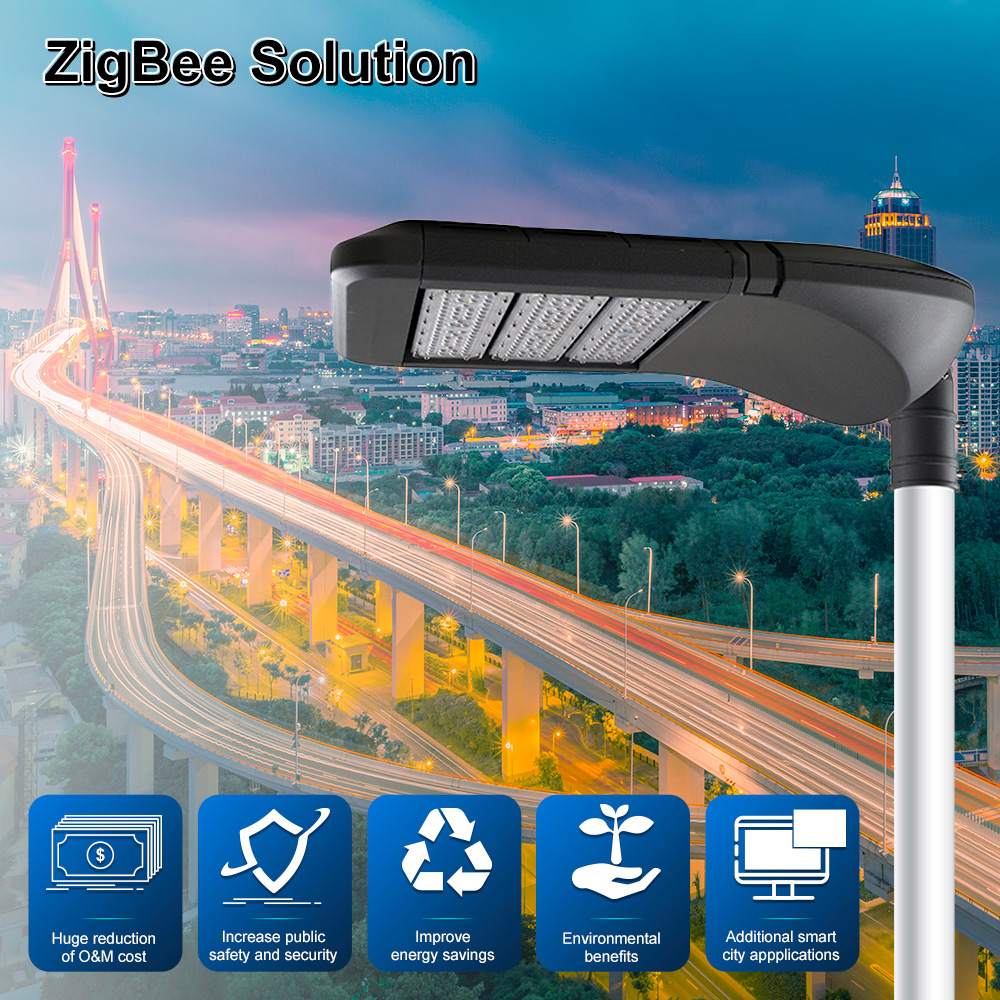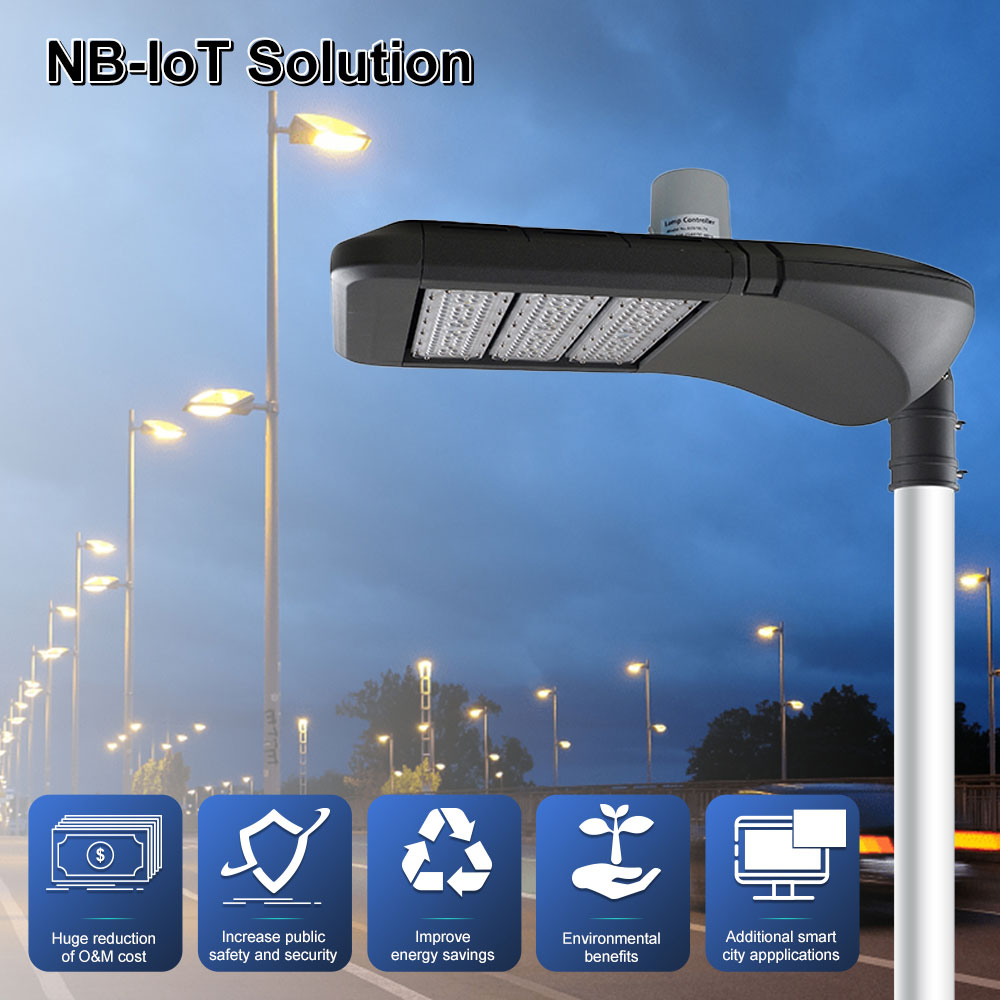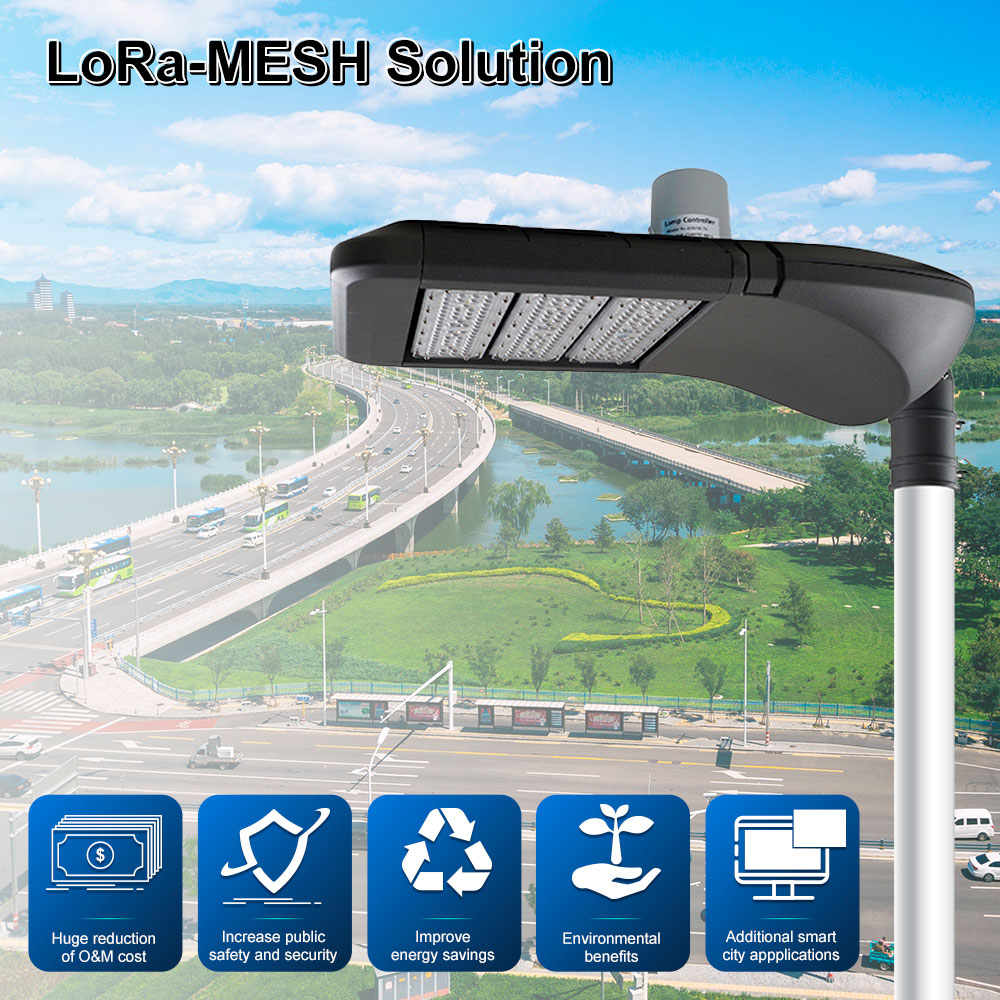Smart Street Light
-
Gebosun®: Two Decades of Smart-Lighting Expertise
-
With over 20 years of delivering large-scale municipal projects, Gebosun® stands at the forefront of smart-street-light innovation. Our in-house Smart Street Lighting System (SSLS) combines proprietary software, rugged controllers, and premium LED fixtures to create turnkey solutions for cities, highways, campuses, and tunnels worldwide.
Why Smart Lighting Matters
-
IoT Integration: Smart lighting is the leading edge of the Internet of Things (IoT) revolution—turning each lamp into a data-gathering, networked device.
-
Energy Optimization: Intelligent dimming, occupancy sensing, and daylight harvesting can cut power consumption by up to 80%, slashing utility bills and carbon footprints.
-
Operational Efficiency: Automated fault detection and remote diagnostics drive maintenance costs down by as much as 50%, ensuring your network stays online with minimal downtime.
-
Enhanced User Experience: Adaptive lighting increases safety for drivers and pedestrians, while embedded Wi-Fi and emergency-call features enrich urban life.

-
Our Smart Street Light Solutions
-
-
Architecture: Base stations + single-lamp NEMA or Zhaga controllers
-
Highlights: Wide-area coverage, quick deployment, seamless mobile-network integration
-
-
-
Architecture: Central RTU controller + lamp-level wireless mesh nodes
-
Highlights: Ultra-low-power networking, self-healing comms, city-wide scalability
-
-
PLC (Power Line Communication) Solution
-
Architecture: Central controller + dual-mode lamp controllers over existing power lines
-
Highlights: No extra wiring, fiber-like reliability, advanced dimming drivers
-
-
-
Architecture: Hardened RS485 bus controllers + LED luminaires
-
Highlights: High-EMI resilience, precise zone control, optimal safety in enclosed environments
-
How Our Smart Street Lights Work
-
-
Sensor Detection
-
Motion, ambient-light, and environmental sensors detect traffic flow, dusk/dawn, air quality, and noise levels.
-
-
Wireless Networking
-
Data is transmitted via LoRaWAN, NB-IoT, 4G/LTE or PLC backhaul to our SSLS cloud platform.
-
-
Centralized Control
-
Urban managers use a web/mobile dashboard to schedule dimming, run diagnostics, and analyze real-time performance.
-
-
Automated Optimization
-
AI-powered analytics adjust brightness, issue maintenance alerts, and forecast energy savings—without manual intervention.
-
Measurable Benefits from Day One
-
-
-
Up to 80% Energy Savings through adaptive control and LED efficiency
-
50% Reduction in O&M Costs via predictive maintenance and remote updates
-
Extended LED Lifespan (100,000+ hours) and fewer on-site interventions
-
Rapid Response: Automated fault alerts cut repair cycles by 60%
The Future Is Smart Lighting
-
-
Smart street lights aren’t a fad—they’re the only practical path forward for sustainable, connected cities. As IoT, AI, and 5G converge, your choice of Gebosun’s proven smart-lighting solutions today will future-proof your infrastructure for tomorrow’s challenges.
Ready to learn more? Explore our Product Catalog or Contact Us for a customized proposal—because in the race to build smarter cities, every lumen counts.
What are the key benefits of deploying smart street lights in urban environments?
Smart street lights deliver four core advantages:
-
Energy Efficiency: Adaptive dimming and scheduling cut electricity use by up to 80%.
-
Cost Savings: Remote diagnostics and predictive maintenance reduce O&M costs by as much as 50%.
-
Public Safety: Motion-triggered illumination and integrated cameras improve nighttime visibility and deter crime.
-
Data & Connectivity: Embedded sensors and network modules turn each lamp into an IoT node for traffic monitoring, environmental insights, and public Wi-Fi access.
Smart Street Light Solutions(FAQ)
How much energy savings can cities achieve with Gebosun’s smart lighting solutions?
By leveraging high-efficacy LEDs combined with intelligent controls—such as occupancy sensing, daylight harvesting, and centralized scheduling—municipalities typically see 60–80% reductions in street lighting energy consumption compared to conventional systems.
Which communication methods (4G/LTE, LoRa-MESH, PLC, RS485) are best suited for different deployment scenarios?
-
4G/LTE: Rapid roll-out in urban areas with existing cellular coverage.
-
LoRa-MESH: Long-range, low-power networking for city-wide or campus deployments.
-
PLC (Power Line Communication): Ideal for retrofit projects, using existing power cables to carry control signals.
-
RS485: Robust in tunnels or enclosed environments where electromagnetic interference (EMI) is high.
How do motion and ambient-light sensors enable adaptive dimming and improve safety?
-
Motion Sensors: Automatically boost brightness when vehicles or pedestrians approach, ensuring clear visibility on demand.
-
Ambient-Light Sensors: Adjust lighting levels based on real-time daylight measurements, maintaining consistent illumination while minimizing unnecessary power use.
How does Gebosun’s Smart Street Lighting System (SSLS) platform simplify remote monitoring and control?
The SSLS platform offers a web and mobile dashboard that consolidates data from all connected lamps. Key features include:
-
Real-time lamp status & sensor readings
-
Custom dimming schedules and scene presets
-
Automated fault alerts and ticketing
-
Historical analytics for energy usage and maintenance planning
Can existing streetlight poles and fixtures be retrofitted with Gebosun NEMA or Zhaga controllers?
Yes. Gebosun’s plug-and-play NEMA and compact Zhaga D4i controllers are designed for seamless integration into most LED streetlight fixtures, enabling quick upgrades without replacing entire poles.









